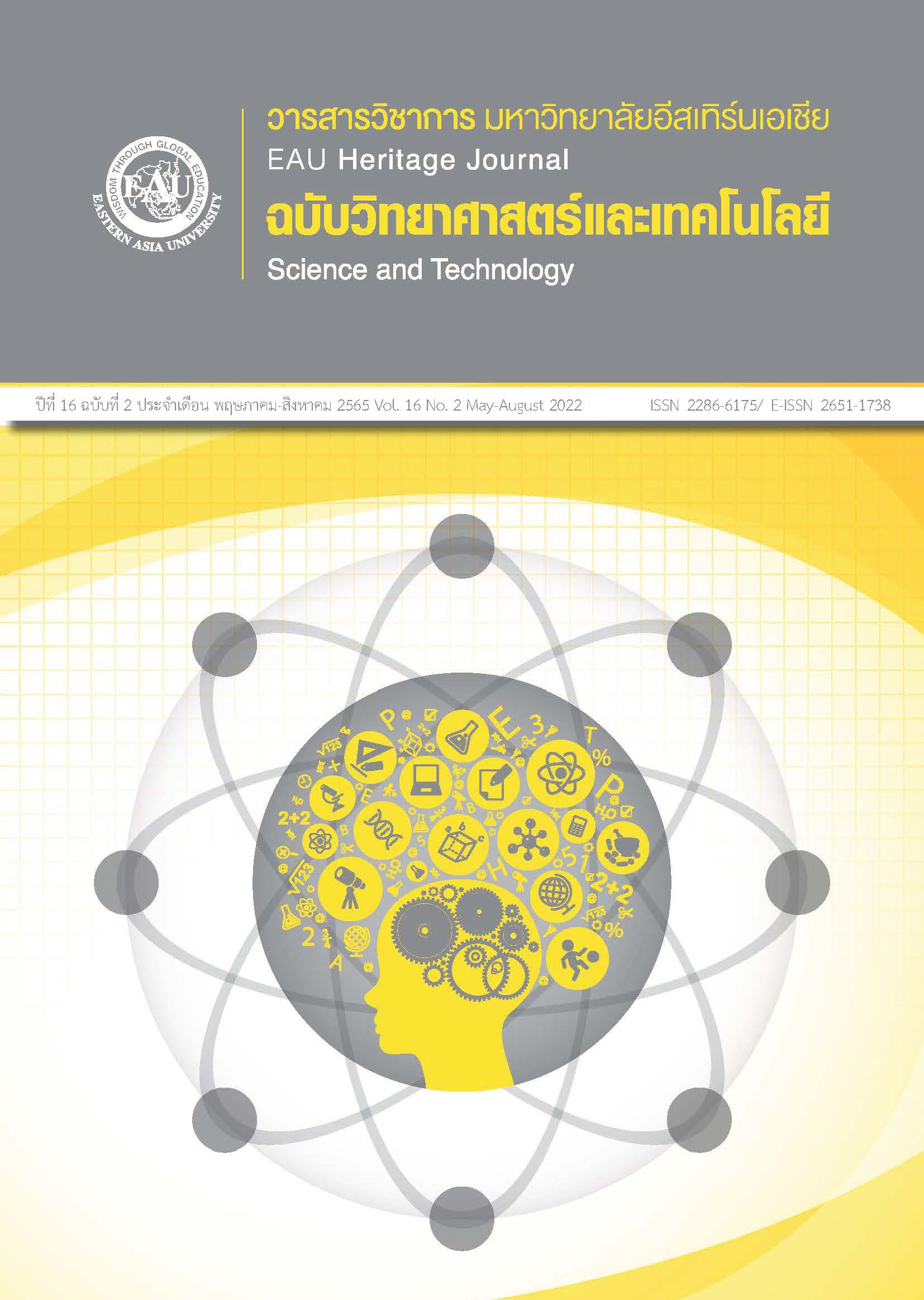การพิสูจน์เอกลักษณ์สารคีตามีนในปัสสาวะของนักเที่ยวกลางคืน ด้วยวิธีเปเปอร์สเปรย์ ไฮ-เรโซรูชัน แมสสเปคโตรเมทรี
คำสำคัญ:
คีตามีน, เปเปอร์สเปรย์ ไฮ-เรโซรูชัน แมสสเปคโตรเมทรี, โซลิดเฟสเอกแทกชัน ลิควิดโครมาโตร กราฟี-แมสสเปคโตรเมทรี/แมสสเปคโตรเมทรีบทคัดย่อ
การเสพสารคีตามีนเริ่มเป็นที่นิยมในหมู่นักเที่ยวกลางคืนวัยรุ่นไทย การตรวจเอกลักษณ์เพื่อให้ทราบชนิดของสารเสพติดจำเป็นต้องใช้วิธีการตรวจที่ได้มาตรฐานและรวดเร็ว วิธีเอสพีอี แอลซี-เอ็มเอส/เอ็มเอส (SPE LC-MS/MS) เป็นวิธีมาตรฐานแต่มีข้อด้อยที่ต้องใช้เวลาในการตรวจวิเคราะห์นาน วิธีเปเปอร์สเปรย์ ไฮ-เรโซรูชัน แมสสเปคโตรเมทรี (PS-HRMS) เป็นเทคนิคใหม่ในการวิเคราะห์เอกลักษณ์สารได้อย่างรวดเร็วเนื่องจากไม่มีขั้นตอนการเตรียมตัวอย่าง การวิจัยนี้มีวัตถุประสงค์เพื่อสำรวจรูปแบบการใช้คีตามีนในนักเที่ยวกลางคืนและศึกษาความเป็นไปได้ในการประยุกต์ใช้วิธี PS-HRMS ในการพิสูจน์เอกลักษณ์คีตามีนในปัสสาวะผู้ต้องสงสัย เปรียบเทียบกับวิธีมาตรฐาน SPE LC-MS/MS ในการวิจัยได้ทำการสำรวจรูปแบบการใช้คีตามีนในนักเที่ยวกลางคืน โดยใช้ตัวอย่างปัสสาวะจำนวนรวม 149 รายทำวิเคราะห์เอกลักษณ์คีตามีนด้วยวิธี SPE LC-MS/MS และทำการสุ่มตัวอย่างมา 20 รายเพื่อวิเคราะห์ความเข้มข้นของคีตามีนด้วยวิธี PS-HRMS และ SPE LC-MS/MS
ผลการทดลองพบว่า รูปแบบการใช้คีตามีนในตัวอย่างที่ศึกษาส่วนใหญ่ใช้คีตามีนอย่างเดียวมีจำนวน 51.68% ใช้คีตามีนร่วมกับ MDMA จำนวน 38.93% ที่เหลือเป็นส่วนน้อยใช้คีตามีนร่วมกับสารเสพติดอื่น เมื่อเปรียบเทียบความเข้มข้นของคีตามีนในปัสสาวะจำนวน 20 ตัวอย่างที่ทำการวิเคราะห์โดยทั้งสองวิธี พบว่ามีความแตกต่างกันอย่างมีนัยสำคัญทางสถิติ โดยความเข้มข้นของคีตามีนที่ตรวจโดยวิธี PS-HRMS ส่วนใหญ่มีค่าต่ำกว่าวิธี SPE LC-MS/MS แต่ผลการวิเคราะห์เชิงเอกลักษณ์ของวิธี PS-HRMS ได้ผลบวกสอดคล้องกับวิธี SPE LC-MS/MS ระยะเวลาโดยรวมที่ใช้ในการวิเคราะห์ตัวอย่างทั้งหมด 20 ตัวอย่างด้วย วิธี PS-HRMS และวิธี SPE LC-MS/MS เท่ากับ 40 นาที และ 600 นาที ตามลำดับ ดังนั้นวิธี PS-HRMS จึงเหมาะสำหรับการวิเคราะห์เอกลักษณ์คีตามีนในปัสสาวะที่มีความถูกต้องและรวดเร็ว
เอกสารอ้างอิง
Areesantichai, C., Perngparn, U., & Boonbundarlchai, R. (2020). Ketamine use among nightlife people. ONCB Journal, 36(1), 46-53. (in Thai)
Huang, S., Claassen, F. W., van Beek, T. A., Chen, B., Zeng, J., Zuilhof, H., & Salentijn, G. I. (2021). Rapid distinction and semiquantitative analysis of THC and CBD by silver-impregnated paper spray mass spectrometry. Analytical chemistry, 93(8), 3794–3802. https://doi.org/10.1021/acs.analchem.0c04270
Kelly, B. C., Parsons, J. T., & Wells, B. E. (2006). Prevalence and predictors of club drug use among club-going young adults in New York city. Journal of Urban Health: Bulletin of the New York Academy of Medicine, 83(5), 884–895. https://doi.org/10.1007/s11524-006-9057-2
Kennedy, J., Shanks, K. G., Natta, K. V., Conaway, M. C. P., Wiseman, J. M., Laughlin, B., & Kozak, M. (2016). Rapid screening and identification of novel psychoactive substances using paper spray interfaced to high resolution mass spectrometry. Clinical Mass Spectrometry, 1, 3–10. http://dx.doi.org/10.1016/j.clinms.2016.08.003
McKenna, J., Jett, R., Shanks, K., & Manicke, N. E. (2018). Toxicological drug screening using paper spray high-resolution tandem mass spectrometry (HR-MS/MS). Journal of Analytical Toxicology, 42(5), 300–310. https://doi.org/10.1093/jat/bky001
Official Announcement of the Narcotic Control Board, (2020, 17 Jul). The Royal Thai Government Gazette. Volume. 137 Part 164, pp. 18-22. Retrieved from http://www.ratchakitcha.soc.go.th/DATA/PDF/2563/E/164/T_0018.PDF. (in Thai)
Ren, Y., Wang, H., Liu, J., Zhang, Z., McLuckey, M. N., & Ouyang, Z. (2013). Analysis of biological samples using paper spray mass spectrometry: An investigation of impacts by the substrates, solvents and elution methods. Chromatographia, 76(19-20), 1339–1346. https://doi.org/10.1007/s10337-013-2458-y
Sassano-Higgins, S., Baron, D., Juarez, G., Esmaili, N., & Gold, M. (2016). A review of ketamine abuse and diversion. Depression and Anxiety, 33(8), 718–727. https://doi.org/10.1002/da.22536
Vandergrift, G. W., Hessels, A. J., Palaty, J., Krogh, E. T., & Gill, C. G. (2018). Paper spray mass spectrometry for the direct, semi-quantitative measurement of fentanyl and norfentanyl in complex matrices. Clinical biochemistry, 54, 106–111. https://doi.org/10.1016/j.clinbiochem.2018.02.005
Wang, H., Liu, J., Cooks, R. G., & Ouyang, Z. (2010). Paper spray for direct analysis of complex mixtures using mass spectrometry. Angewandte Chemie (International ed. in English), 49(5), 877–880. https://doi.org/10.1002/anie.200906314
Wang, J. S., Lai P. H., Liou Y.W., Chen C. C. & Lin C. H. (2015). The use of a beveled porous-polypropylene hollow fiber for liquid-liquid microextraction in paper spray- mass spectrometry. Journal of Chromatography Separation Techniques, 6(7), 1-4. http://dx.doi.org/10.4172/2157-7064.1000311
Wang, J., Qi, L., Hou, C., Zhang, T., Chen, M., Meng, H., Su, M., Xu, H., Hua, Z., Wang, Y., & Di, B. (2021). Automatic analytical approach for the determination of 12 illicit drugs and nicotine metabolites in wastewater using on-line SPE-UHPLC-MS/MS. Journal of Pharmaceutical Analysis, 11(6), 739–745. https://doi.org/10.1016/j.jpha.2021.01.002
Zanos, P., Moaddel, R., Morris, P. J., Riggs, L. M., Highland, J. N., Georgiou, P., Pereira, E. F. R., Albuquerque, E. X., Thomas, C. J., Carlos A. Zarate, Jr. C. A., & Todd D. Gould, T. D. (2018). Ketamine and ketamine metabolite pharmacology: Insights into therapeutic mechanisms. Pharmacological Reviews, 70, 621-660. https://doi.org/10.1124/pr.117.015198







